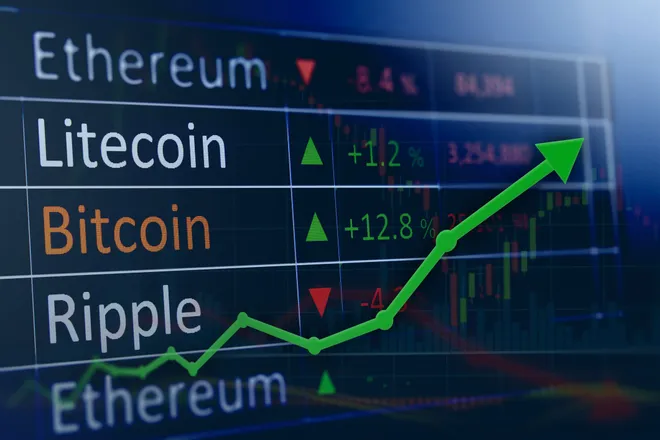In 2023, as equity markets staged a remarkable comeback, the crypto market, too, is experiencing a resurgence. Ethereum (CRYPTO: ETH) has seen a substantial climb of nearly 30% this year after enduring a harsh 68% drop in 2022. However, with Ethereum still significantly below its all-time high, many enthusiasts are holding out hope for substantial returns in the years to come.
As of this writing, Ethereum’s price stands at about $1,500. To reach the coveted $5,000 mark would require a gain of approximately 230%. Is such a scenario feasible? Let’s delve into the dynamics of this leading digital asset.
Ethereum’s Remarkable Rise
Ethereum’s all-time high of approximately $4,892, reached in November 2021, marked a spectacular milestone in its journey. At that point, the token’s price had skyrocketed an astounding 153,000% from its launch in mid-2015, making some early adopters quite wealthy. However, it’s crucial to note that this meteoric rise coincided with a major bull market in both equity markets and the cryptocurrency industry, buoyed by loose monetary policy following the depths of the COVID-19 pandemic.
Since then, Ethereum has faced a challenging journey for investors, residing at 68% below its peak price, accompanied by the “crypto winter” phenomenon and rising interest rates putting pressure on riskier assets.
The Bull Case for Ethereum
Despite the setbacks, Ethereum retains substantial potential according to its most ardent supporters. Its distinguishing feature, smart contracts, positions Ethereum as a contender for the world’s decentralized computing platform. Smart contracts enable direct transactions without intermediaries, potentially disrupting industries reliant on costly middlemen.
While the initial hype around decentralized applications (dApps) and non-fungible tokens (NFTs) may have subsided, Ethereum’s robust developer community remains committed to enhancing the network. With 1,901 active developers working on Ethereum, more than any other cryptocurrency, its potential for innovation and advancement remains promising.
Moreover, Ethereum’s transition to a proof-of-stake (PoS) system through the Merge upgrade enhances scalability, potentially lowering energy costs and paving the way for future enhancements. These developments could drive increased usage and demand for Ethereum, potentially propelling its price.
Reasons for Caution
However, as with any emerging technology or unproven asset, Ethereum faces a substantial degree of uncertainty. Technical risks, such as software code bugs that could expose private keys, are inherent to any cryptocurrency. In Ethereum’s case, its intricate development roadmap adds an additional layer of complexity, increasing the risk of errors compared to simpler cryptocurrencies like Bitcoin.
One of the most significant bear arguments against Ethereum is its increasing centralization, contrary to the decentralized ethos of cryptocurrencies. The PoS consensus mechanism has led to larger token holders controlling transaction processing. Furthermore, the substantial influence of Ethereum’s co-founder, Vitalik Buterin, has raised concerns about decision-making that may not align with the network’s users.
The Verdict
While Ethereum undoubtedly holds promise, the path ahead is shrouded in uncertainty. Investors hoping for Ethereum to reach the $5,000 mark should exercise caution and temper their expectations. Unless exuberance once again takes over the crypto market, a $5,000 price target may prove exceedingly ambitious.
In the dynamic and ever-evolving world of cryptocurrencies, success is never guaranteed. As we look to Ethereum’s future, its potential for greatness is undeniable, but the path to $5,000 is not without its challenges and uncertainties.
Disclaimer: This article is for informational purposes only and does not constitute financial or investment advice. Consult a qualified financial advisor before making any investment decisions. Investing involves risks, and past performance is no guarantee of future results. The author and the website bear no responsibility for reader actions based on the information provided.




